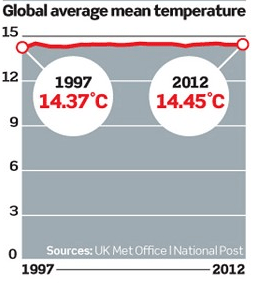- Thread starter
- #21
First, the US and Russia would have to force the Japanese government to let us help them. Given the asian feelings about preservation of 'face', that is not going to happen.
That was kind of a dumb thing to say.
Ummm.......no, Old Rocks is absolutely correct. Its not even debatable.







